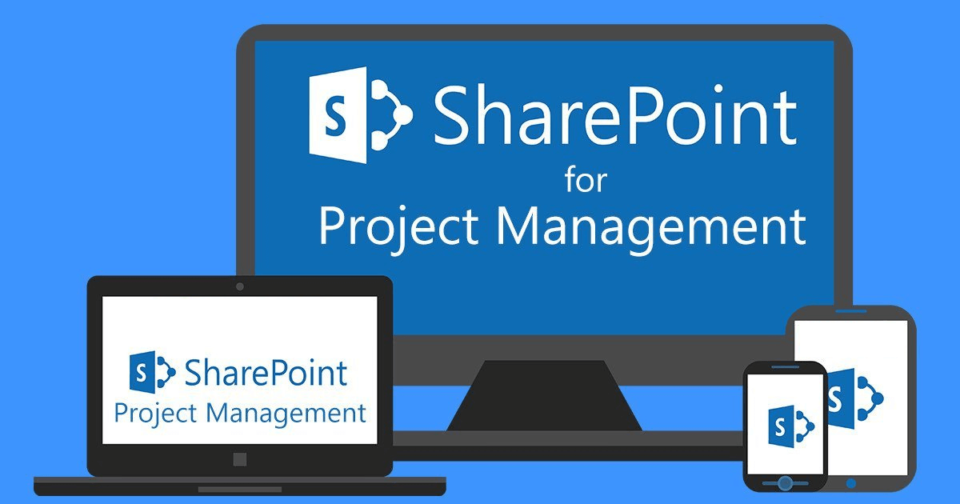Mircosoft SharePoint is counted among the best tools that are being used by multiple businesses for project management. This comprehensive and practical platform helps the project management team toward projects success. Tailwind CSS Development Services are making these features accessible for different business niches. Many business organizations worldwide are hiring the services of top SharePoint development companies to stay updated on the latest technological trends and boost the productivity of their teams. Microsoft SharePoint has some important features to meet the business needs. Below are 10 practices to use SharePoint for your project management –
Advanced alert functions
When you are done with the project information and communication centralization on SharePoint, you can now create automated project procedures. You can do it by changing control processes with the help of SharePoint workflows. You can also create automatic reminder alerts for all the project stakeholders. With these, your team members can know the upcoming tasks and manage and monitor them effectively.
Project reporting
The next best practice of SharePoint is project reporting. You can set up functions for additional views of work completed, overdue projects, in-progress, and much more. You can communicate with stakeholders and executive stakeholders regarding the status of the project. You can include KPIs with a red and green indicator to show the project’s status visually. You can also add columns for commentary regarding issues, achievements, plans, and major accomplishments. You can also group the processes of projects into different stages like planning, initiation, tracking, and closure. With the SharePoint project reporting feature, you can manage the entire project with your team.
Data accumulation for different project sites
To mark the best output, you can make the permissions standardized and add navigation consistency for different project sites. You can also set the ‘Task List’ to plan tasks, activities, and milestones with dates and assignees. You can also create a breakdown structure and share it with the team as per the project. You can also create segments for different project processes for requests, goal management, issues, and much more.
Dashboard summary
You can utilize the dashboard summary to get a summary of project goals, work status, project status, and much more. Using the Quick Launch feature, you can personalize the grouping and categorization of project management processes.
Communication tools
Team communication is required for the success of your project. So, you can use the communication tools like any chat software or Skype to communicate with the tea. It helps in mitigating the risk of misunderstanding and you can keep interacting for work performance and also share some updates.
Management of the resources
‘Project Statement’ tool of SharePoint helps you to add an overview of your project, description, and key dates. This can be a good reference for stakeholders and team members.
You can also use the library to manage your documents. You can store deliverables with the help of authoring, approval workflows, and version control. Documents can be also stored on the intranet of the company so that the colleagues can also work on those up-to-date documents. Document management is one of the most popular features of SharePoint helping the companies to manage the workforce collectively.
Goal setting
You can also identify your project goals. Even external sources like outside stakeholders and clients can assist you in knowing your goals. The timeline feature can help you to track your goals from time to time. Maintaining the scope of the project, securing the right resources, and also keeping a track of the budget, all are possible with SharePoint.
A visual timeline view
You can get a quick and easy view of the project with the visual timelines. There are multiple programs enabling your team to have meeting access, chart details and timelines access so that the overall process gets streamlined properly.
Schedule initial meetings
Scheduling kickoff meetings or initial meeting gets easier with SharePoint to communicate the project details and objectives. You can create the agenda of the meeting and invite the participants and also mark their attendance. It helps the teammates to understand the project’s objectives.
Avoid unproductive meetings
With in-built communication tools, you can avoid spending time organizing a meeting. Although meetings are important for the planning or execution of any project, you can figure out if it’s productive to invest hours in meetings or not or you can simply communicate the same with the communication tools available with SharePoint.
These 10 best practices can help you utilize the best potential of SharePoint for project management. By practicing these features, you can save a good time and enhance the productivity of your team along with getting the best-targeted results with your projects.
To seek the benefits of all these features, you can connect with a TensorFlow Development Company and hire their Microsoft consulting services to implement the best for your organization.
